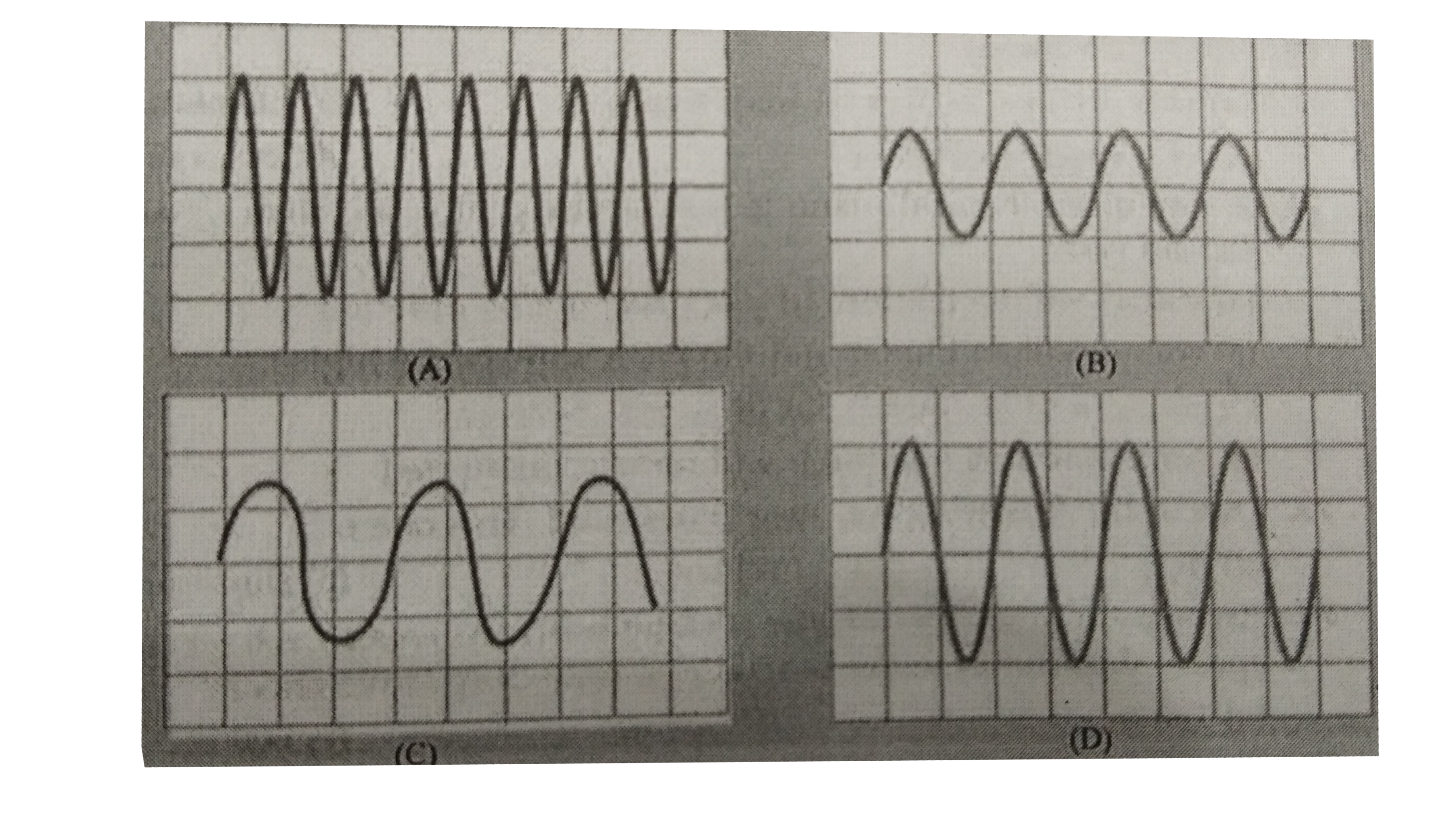Statement-1 : In frasonic waves are generally produced by large vibrating bodies
Statement-2 : Infrasonic waves have frequency range lies below 20 Hz
Statement-1 is true, Statement-2 is true , Statement-2 is correct explanation for Statement-5
Statement-1 is true,Statement-2 is true , Statement-2 is NOT a correct explanation for Statement-5
Statement-1 is true, Statement-2 is false
Statement-1 is false, Statement-2 is true
The correct Answer is:A
Step by step video, text & image solution for Statement-1 : In frasonic waves are generally produced by large vibrating bodies Statement-2 : Infrasonic waves have frequency range lies below 20 Hz by Physics experts to help you in doubts & scoring excellent marks in Class 11 exams.
Updated on:21/07/2023Topper's Solved these Questions
- WAVES AND OSCILLATIONSBook:ALLENChapter:WAVES AND OSCILLATIONSExercise:Part-1(Exercise-04)[A]
Explore 29 Videos
- WAVES AND OSCILLATIONSBook:ALLENChapter:WAVES AND OSCILLATIONSExercise:Part-1(Exercise-04)[B]
Explore 13 Videos
- WAVES AND OSCILLATIONSBook:ALLENChapter:WAVES AND OSCILLATIONSExercise:Part-1(Exercise-02)
Explore 19 Videos
- SEMICONDUCTORSBook:ALLENChapter:SEMICONDUCTORSExercise:Part-3(Exercise-4)
Explore 51 Videos
Similar Questions
Write one use of the electromagnetic waves of frequency range from 1016 Hz to 1020 Hz.
View SolutionConsider the following sound waves marked A,B, C and D:
(a) Which two waves represent sounds of the same loudness but different pitch?
(b) Which two waves represent sounds of the same frequency but different loudness?
(c) State whether all these sound waves have been produced by the same vibrating body or different vibrating bodies?
(d) Which vibrating body/bodies could have generated the sound waves shown here?

View Solution
Knowledge Check
Statement-1: Television signals are propagated through sky waves.
Statement-2 : Television signals have frequency in the 100-200 MHz range.AStatement-1 is true: Statement-2 is true, and Statement-2 is correct explanation of Statement-1.BStatement-1 is true, Statement-2 is true, but Statement-2 is not a correct explanation of Statement-1.CStatement-1 is true, but Statement-2 is false.DStatement-1 is false, but Statement-2 is true.Statement-1: Stationary waves are so called because particles are at rest in stationary waves.
Statement-2: When a wave travels from a denser medium to rater medium amplitude of oscillation increases.
Statement-3: Two strings shown in figure have the same tension speed of transverse waves in string-1 will be more.AFFFBFFTCFTFDTTFStatement-1 : Mechanical transverse waves cannot be generated in gaseous medium
Statement-2 : Mechanical transverse waves can be produced only in such medium which have shearing property.AStatement-1 is true, Statement-2 is true , Statement-2 is correct explanation for Statement-8BStatement-1 is true,Statement-2 is true , Statement-2 is NOT a correct explanation for Statement-8CStatement-1 is true, Statement-2 is falseDStatement-1 is false, Statement-2 is true
Statement-1 : Standing waves do not transport energy in the medium
Statement-2 : In standing waves, every particle vibrates with its own energy and it does not share its energy with any other particle.
View SolutionStatement-1 : When two vibrating tuning forks have f1=300Hz and f2=350Hz and held close to each other , beats cannot be heard
Statement-1 : If transverse waves are produced in a very long string fixed at one end. Near the free end only progressive wave is observed, in parctice
Statement-2 : The principle of superposition is valid only when f1−f2<10Hz
View SolutionStatement-1: Short wave band are used for transmission fo radiowaves to a large distance.
Statement-2: Short waves are reflected from ionosphere.
View SolutionStatement-1 : If transverse waves are produced in a very long string fixed at one end. Near the free end only progressive wave is observed, in parctice
Statement-2 : Energy of reflected wave does not reach the free end.
View SolutionStatement-1 : In the case of a stationary wave, a person hear a loud sound at the nodes as compared to the antinodes
Statement-2 : In a stationary wave all the particles of the medium vibrate in phase.
View Solution

